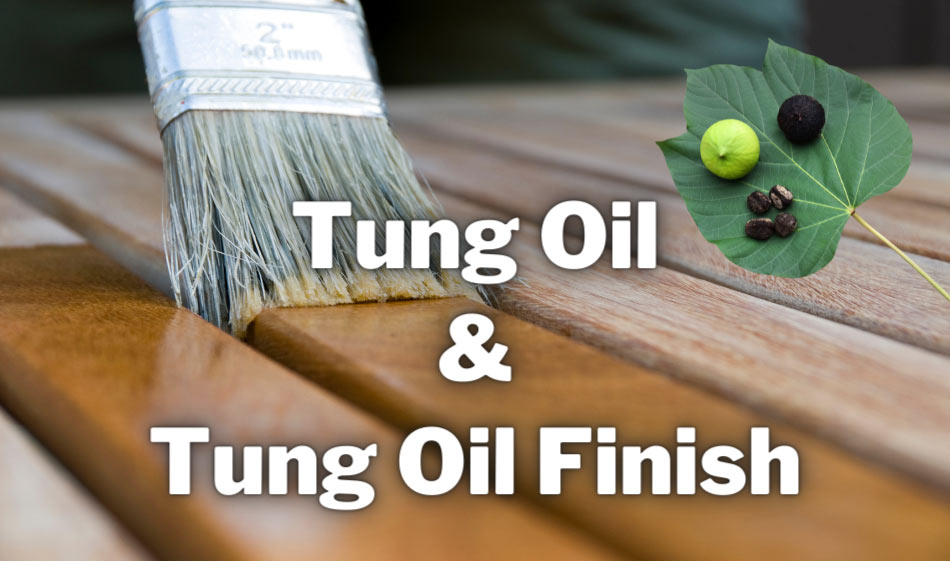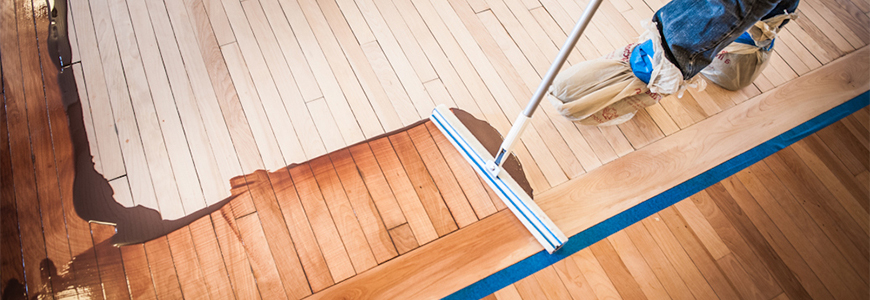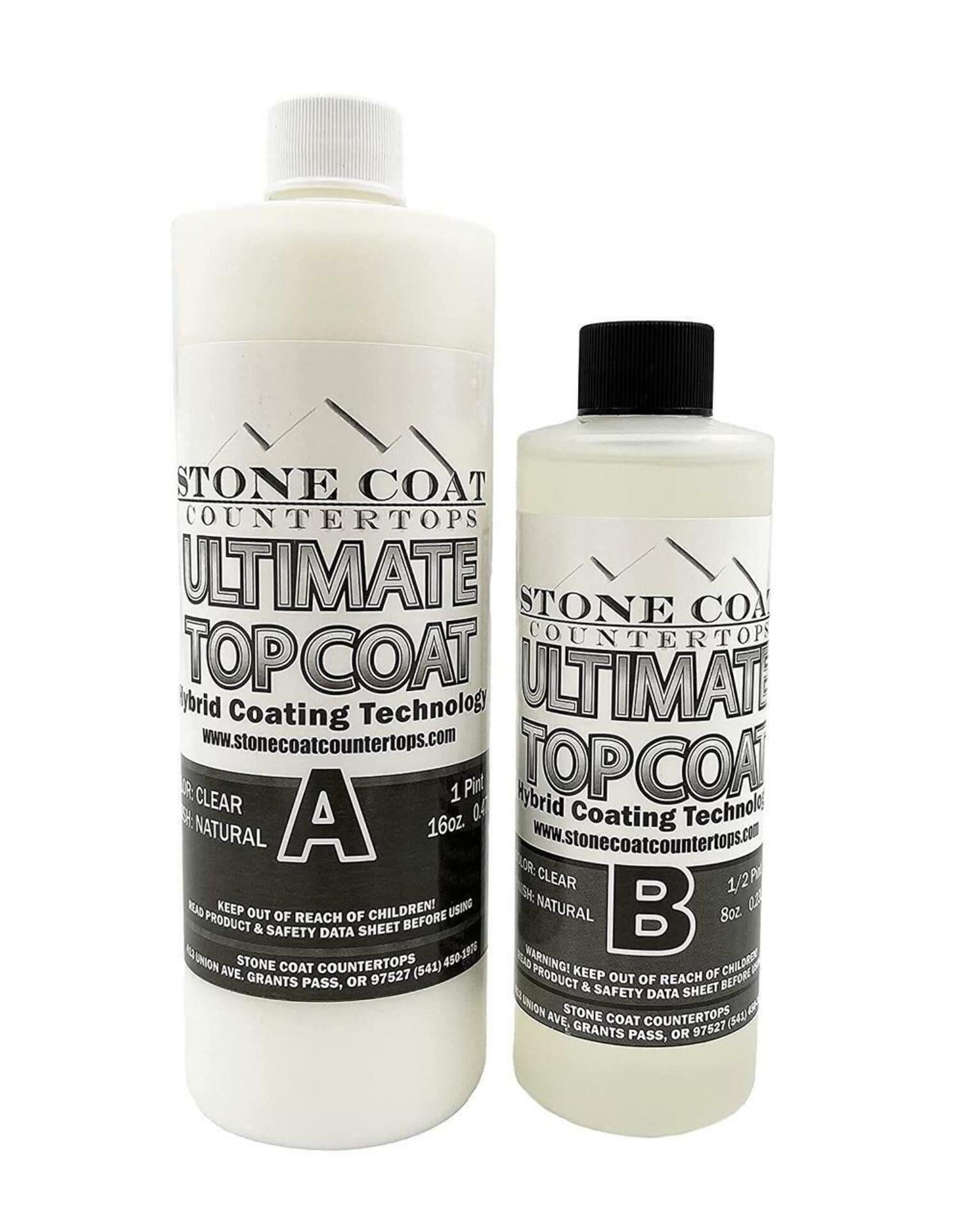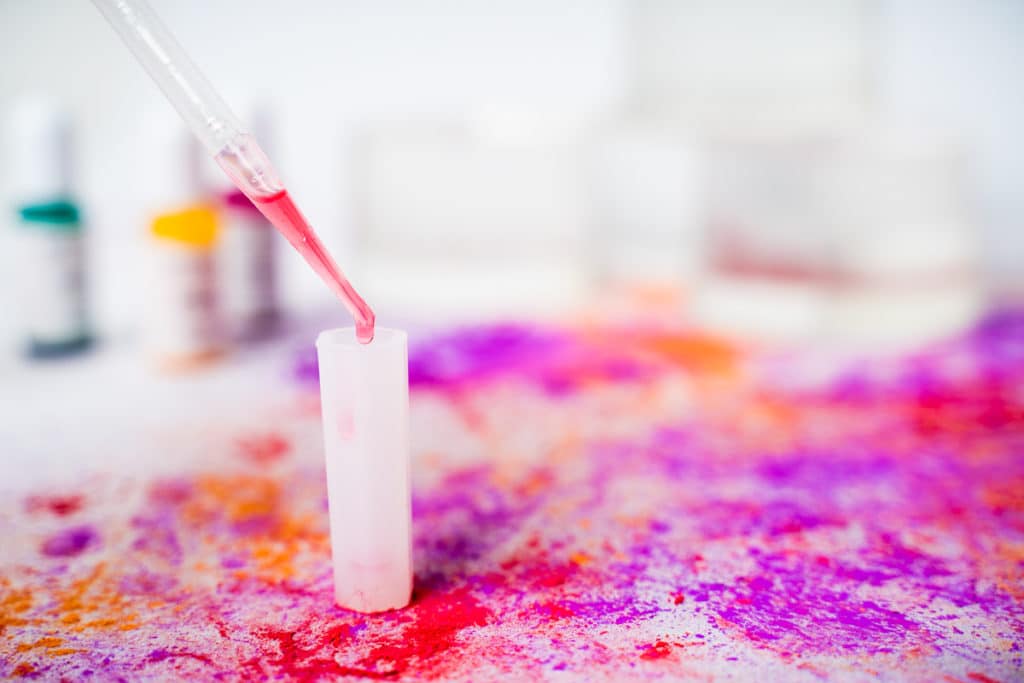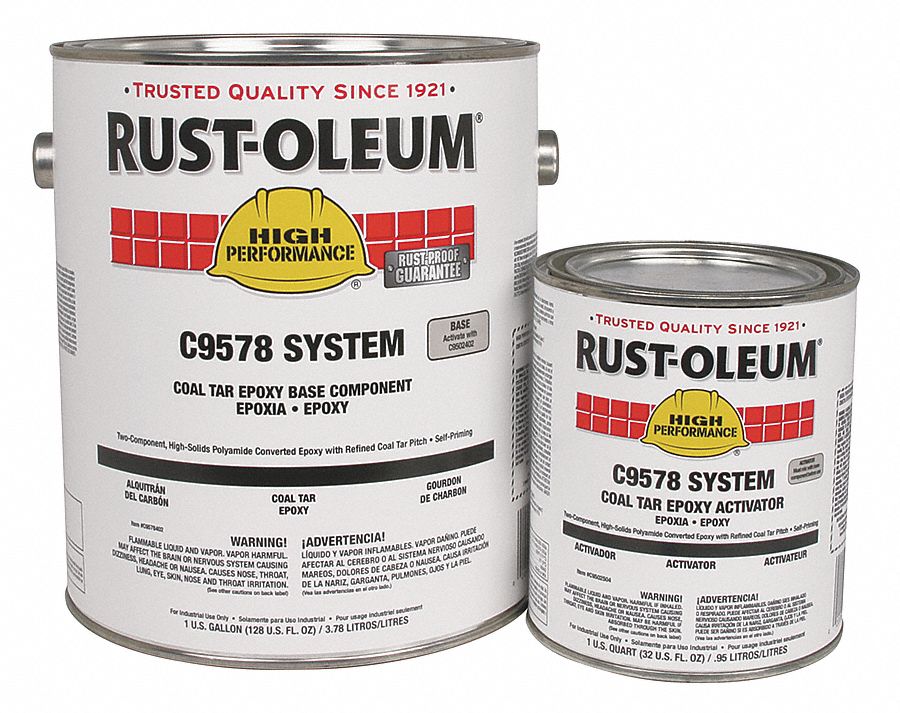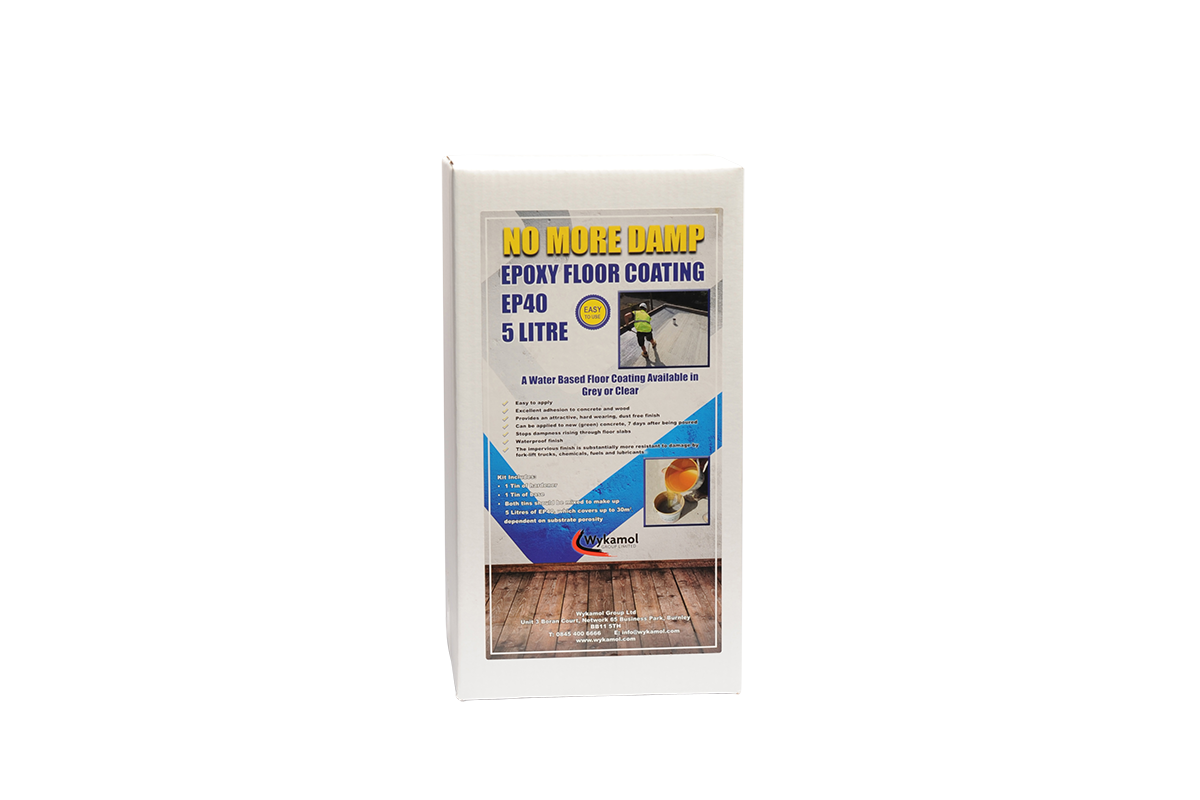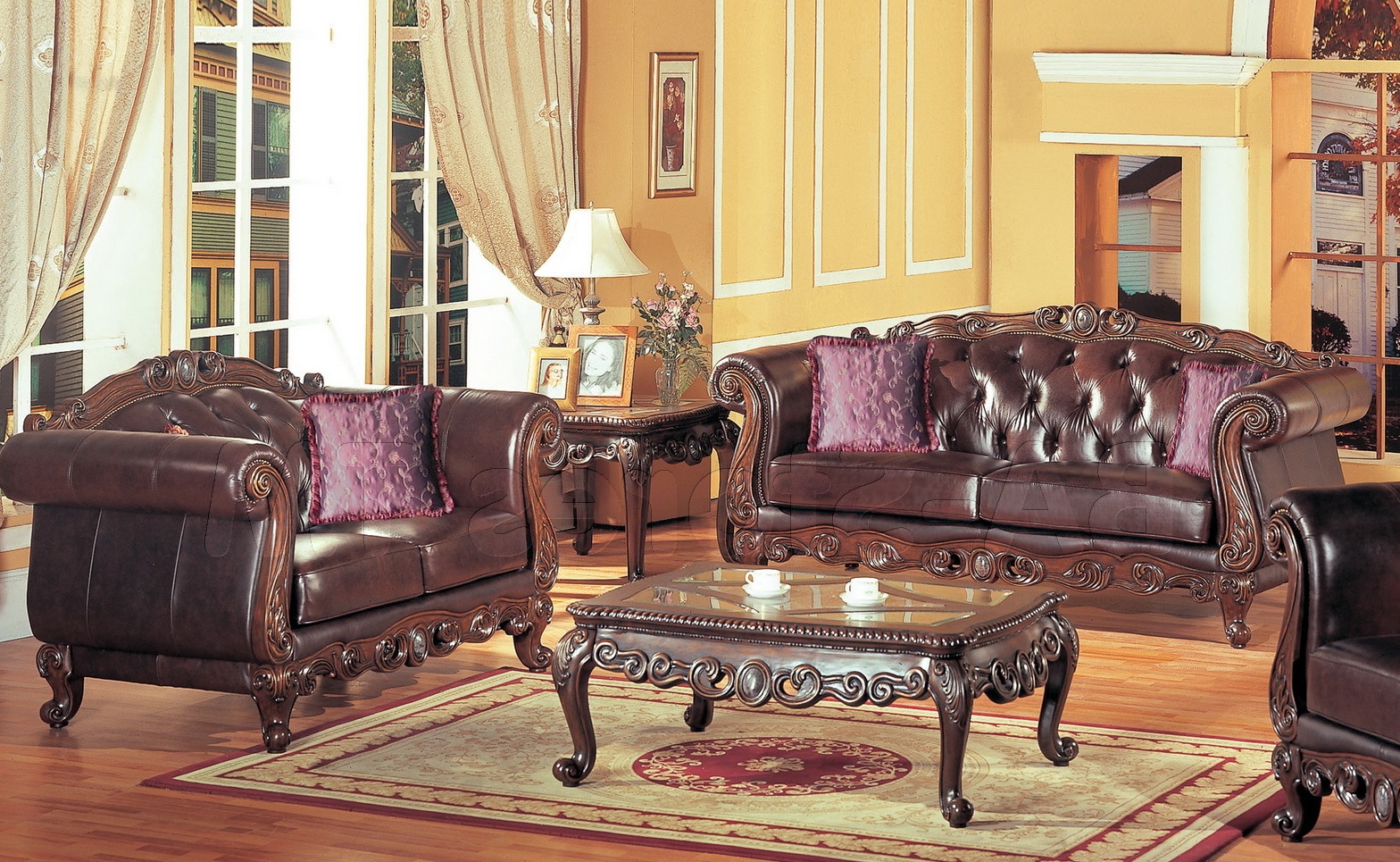1. Polyurethane Finish
Polyurethane is a popular and durable finish for kitchen tables. It is a type of synthetic resin that is known for its resistance to water, chemicals, and wear and tear. This makes it a great choice for protecting your kitchen table from spills, scratches, and heat. Polyurethane finishes are available in both water-based and oil-based formulas, with the former being more environmentally friendly and the latter being more durable. When applied correctly, a polyurethane finish can last for years, providing a beautiful and protective layer on your kitchen table.
2. Varnish Finish
Varnish is another common finish for kitchen tables. It is a clear and transparent coating that is made from a combination of oil, resin, and solvent. Varnish provides a hard and glossy finish that is resistant to water, heat, and chemicals. It is also easy to apply and can be reapplied when needed, making it a popular choice for DIY projects. Varnish finishes come in different types, such as spar varnish for outdoor use and marine varnish for high-moisture areas. With its durability and versatility, varnish can be a great option for protecting your kitchen table.
3. Lacquer Finish
Lacquer is a popular and traditional wood finish that has been used for centuries. It is a clear and durable finish that is made from a combination of shellac and nitrocellulose. Lacquer is known for its quick-drying time and high-gloss finish, making it a popular choice for furniture and kitchen tables. It is also resistant to water, chemicals, and scratches. However, lacquer finishes can be more challenging to apply and may require multiple coats for optimal protection. But with its beautiful and glossy finish, it can be worth the extra effort.
4. Shellac Finish
Shellac is a natural resin that is derived from the secretions of the lac beetle. It has been used as a wood finish for centuries and is known for its warm and amber tone. Shellac is also easy to apply and dries quickly, making it a great choice for DIY projects. However, it is not as durable as other finishes and can be damaged by water and heat. It is also susceptible to alcohol, so it may not be the best choice for a kitchen table where spills are common. Still, shellac can add a beautiful and unique touch to your kitchen table.
5. Tung Oil Finish
Tung oil is a natural and eco-friendly finish that is made from the pressed seeds of the tung tree. It is known for its ability to penetrate deep into the wood fibers, providing a strong and protective layer. Tung oil finishes are also resistant to water, heat, and chemicals, making them a great choice for kitchen tables. They have a low sheen and provide a natural and warm look to the wood. However, tung oil finishes can take longer to dry and may require multiple coats, which can be a downside for some. But the results can be worth the wait.
6. Danish Oil Finish
Danish oil is a blend of oil and varnish that is used as a finish for wood. It is easy to apply and provides a beautiful and natural finish to the wood. Danish oil is also known for its ability to enhance the grain and color of the wood, making it a popular choice for furniture and kitchen tables. It is also resistant to water and heat, providing adequate protection for your table. However, it may not be as durable as other finishes and may require occasional reapplication. But with its easy application and stunning results, Danish oil can be a great option for your kitchen table.
7. Water-Based Finish
Water-based finishes are a popular and eco-friendly choice for protecting kitchen tables. They are made from a combination of water, resins, and additives, providing a clear and durable finish. Water-based finishes are known for their quick-drying time and low odor, making them a convenient option for DIY projects. They are also resistant to water, chemicals, and heat. However, they may not provide as high of a gloss finish as oil-based finishes, and they may require more coats for optimal protection. But with its environmentally friendly properties and effective protection, water-based finishes can be a great choice for your kitchen table.
8. Oil-Based Finish
Oil-based finishes are a traditional and popular choice for protecting wood surfaces. They are made from a combination of natural oils, such as linseed or tung oil, and resins. Oil-based finishes provide a deep and rich look to the wood, enhancing its natural beauty. They are also resistant to water, heat, and chemicals, making them a great choice for your kitchen table. However, they can take longer to dry and may require more coats for optimal protection. They also have a strong odor and can release volatile organic compounds (VOCs), so proper ventilation is essential when using them. But with their beautiful and durable finish, oil-based finishes are worth considering for your kitchen table.
9. Wax Finish
Wax finishes are a traditional and low-maintenance option for protecting wood surfaces. They are made from natural waxes, such as beeswax or carnauba wax, and provide a soft and smooth finish to the wood. Wax finishes are easy to apply and provide a low sheen, making them a great choice for a rustic or vintage look. They are also resistant to water and heat, but they may not provide as much protection as other finishes. Wax finishes may need to be reapplied periodically to maintain their protective properties, but they can add a warm and charming touch to your kitchen table.
10. Epoxy Finish
Epoxy finishes are a strong and durable option for protecting your kitchen table. They are made from a combination of resin and hardener, providing a tough and glossy finish. Epoxy finishes are resistant to water, chemicals, and heat, making them a popular choice for high-traffic areas. They are also easy to apply and can be customized with different colors and patterns. However, they may require more preparation and care when applying, and they can be more costly than other finishes. But with their exceptional durability and customizable options, epoxy finishes can be a great choice for your kitchen table.
The Importance of Choosing the Right Kitchen Table Protective Finish

Enhancing the Aesthetic Appeal of Your Kitchen
 The kitchen is often considered the heart of the home, where families gather to share meals and create memories. As such, it is important to design and decorate your kitchen to be both functional and visually appealing. One key element in achieving this is by choosing the right protective finish for your kitchen table.
A well-chosen finish not only protects your table from daily wear and tear, but it also adds a touch of elegance and style to your kitchen.
The kitchen is often considered the heart of the home, where families gather to share meals and create memories. As such, it is important to design and decorate your kitchen to be both functional and visually appealing. One key element in achieving this is by choosing the right protective finish for your kitchen table.
A well-chosen finish not only protects your table from daily wear and tear, but it also adds a touch of elegance and style to your kitchen.
Protecting Your Investment
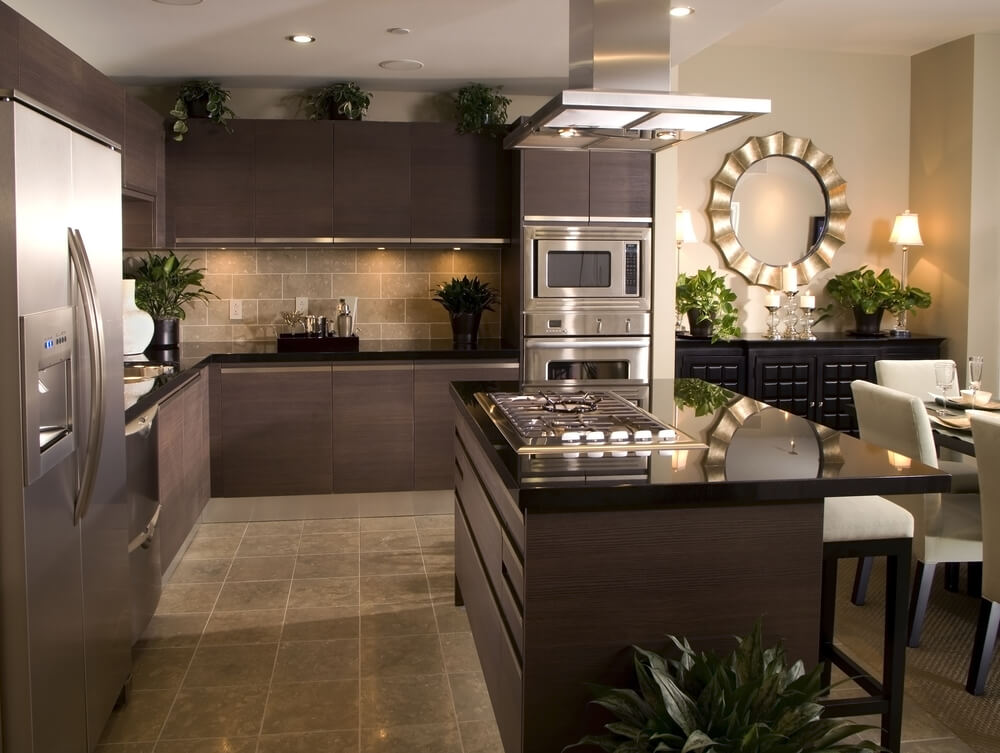 Your kitchen table is not only a functional piece of furniture, but it is also an investment. Whether it is a handcrafted wooden table or a sleek modern design, you want to ensure that it lasts for years to come.
Choosing a high-quality protective finish is essential in protecting your investment and prolonging the lifespan of your kitchen table.
A good finish will prevent scratches, stains, and other damages caused by everyday use, making your table look as good as new for a longer period of time.
Your kitchen table is not only a functional piece of furniture, but it is also an investment. Whether it is a handcrafted wooden table or a sleek modern design, you want to ensure that it lasts for years to come.
Choosing a high-quality protective finish is essential in protecting your investment and prolonging the lifespan of your kitchen table.
A good finish will prevent scratches, stains, and other damages caused by everyday use, making your table look as good as new for a longer period of time.
Easy Maintenance and Cleaning
 The kitchen is one of the most frequently used areas in a home, and as such, it is prone to spills, stains, and other messes. Having the right protective finish on your kitchen table can make cleaning and maintenance much easier.
A durable and water-resistant finish will make wiping up spills and messes a breeze, saving you time and effort.
Furthermore, a good finish will also prevent food and liquid from penetrating into the wood, avoiding any potential damage to the table.
The kitchen is one of the most frequently used areas in a home, and as such, it is prone to spills, stains, and other messes. Having the right protective finish on your kitchen table can make cleaning and maintenance much easier.
A durable and water-resistant finish will make wiping up spills and messes a breeze, saving you time and effort.
Furthermore, a good finish will also prevent food and liquid from penetrating into the wood, avoiding any potential damage to the table.
Choosing the Right Finish for Your Kitchen Table
 When it comes to choosing the right protective finish for your kitchen table, there are a few factors to consider.
The type of wood, the desired level of gloss, and the level of durability needed are all important factors to take into account.
Some popular options include polyurethane, lacquer, and oil finishes. It is important to research and understand the properties of each type of finish to determine which one best suits your needs.
In conclusion, choosing the right protective finish for your kitchen table is crucial for both its aesthetic appeal and longevity. With the right finish, you can protect your investment, make cleaning and maintenance easier, and enhance the overall look of your kitchen. So, take the time to research and choose the perfect finish for your kitchen table and enjoy its benefits for years to come.
When it comes to choosing the right protective finish for your kitchen table, there are a few factors to consider.
The type of wood, the desired level of gloss, and the level of durability needed are all important factors to take into account.
Some popular options include polyurethane, lacquer, and oil finishes. It is important to research and understand the properties of each type of finish to determine which one best suits your needs.
In conclusion, choosing the right protective finish for your kitchen table is crucial for both its aesthetic appeal and longevity. With the right finish, you can protect your investment, make cleaning and maintenance easier, and enhance the overall look of your kitchen. So, take the time to research and choose the perfect finish for your kitchen table and enjoy its benefits for years to come.



:max_bytes(150000):strip_icc()/GettyImages-183771871-dd1b7eb9d6d74b61a7c57dcb61e280fc.jpg)
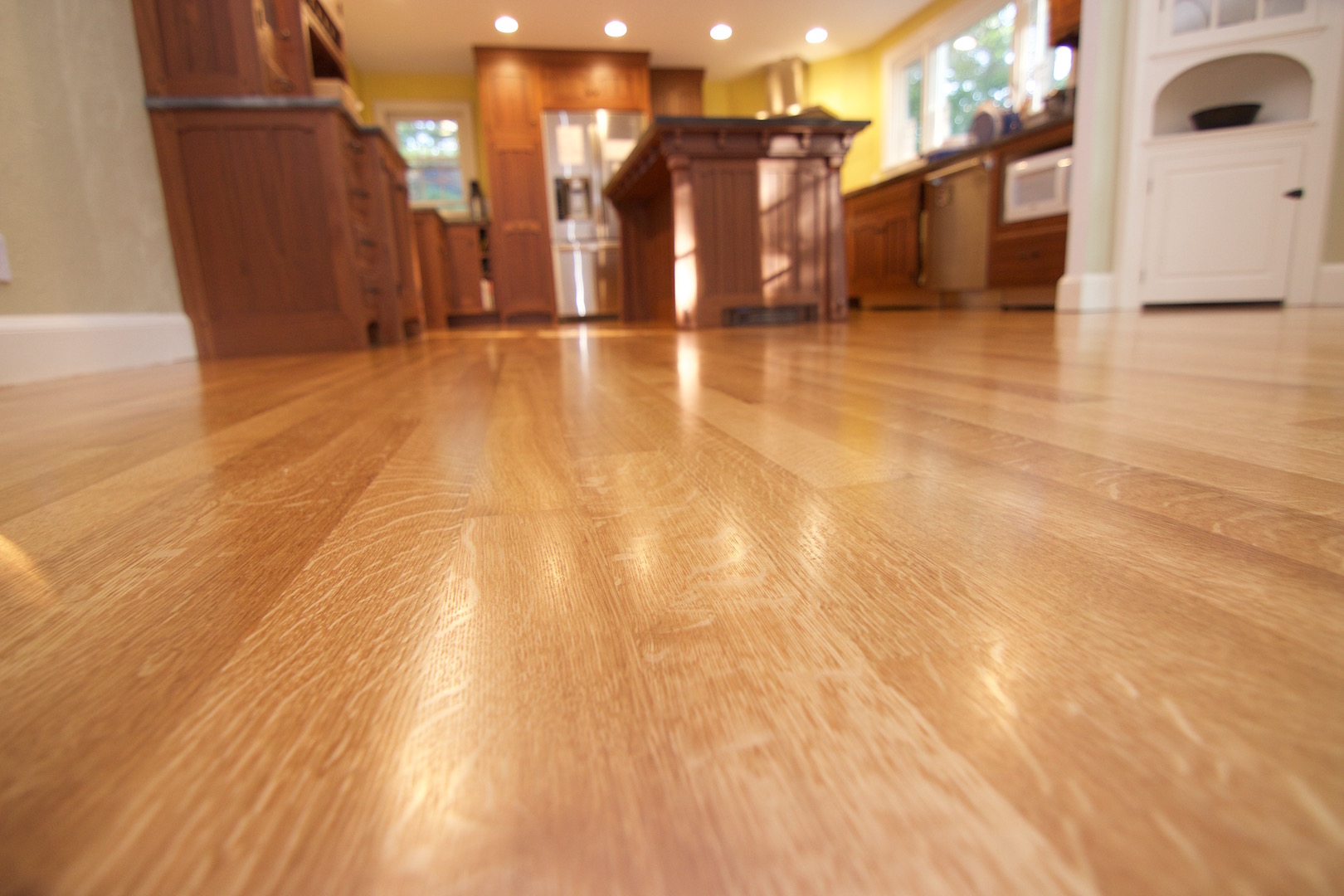





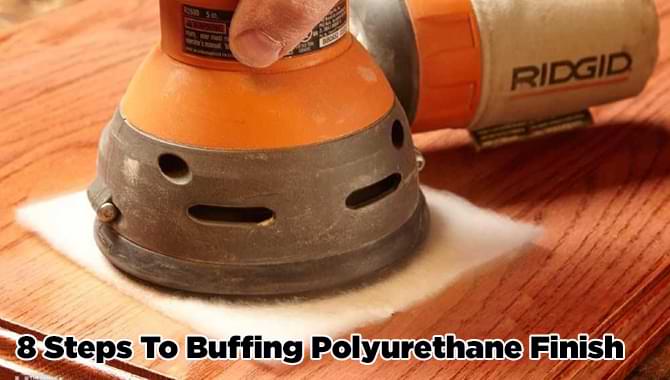










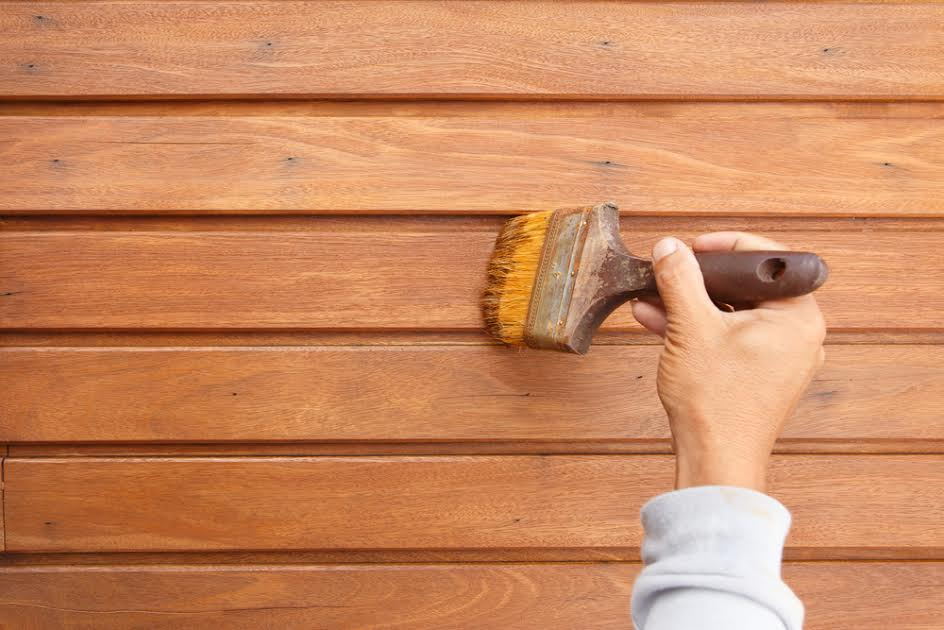
:max_bytes(150000):strip_icc()/5439074868_7217c1230d_b-5886d6993df78c2ccd659a24.jpg)



/GettyImages-510976011-5a505d4c13f129003764e20f.jpg)





























